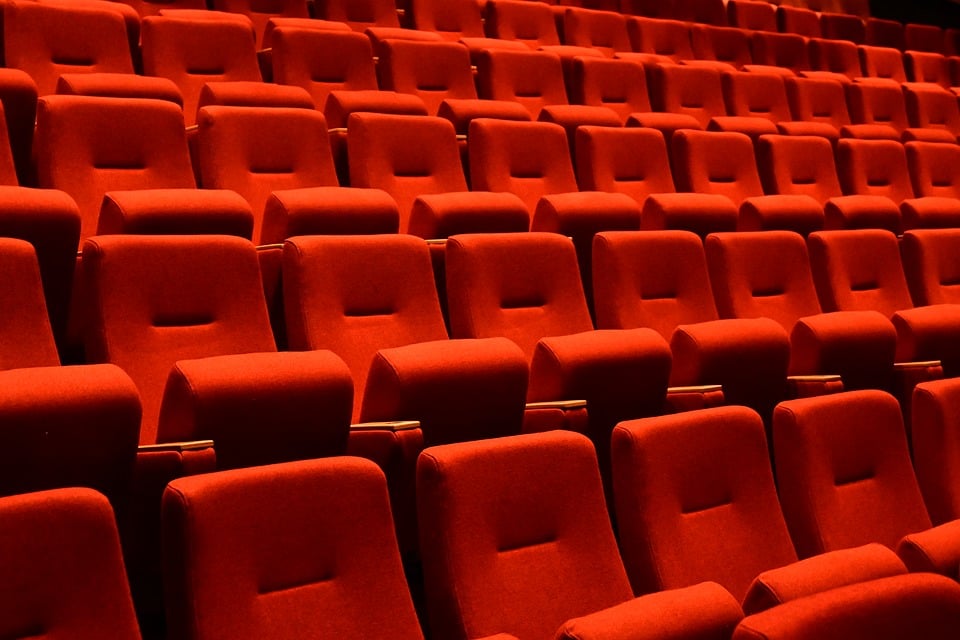Exploring the History and Evolution of the School of Cinema
The Birth of Cinema
The history of cinema dates back to the late 19th century when the Lumière brothers, Auguste and Louis, held the first public screening of a motion picture in Paris in 1895. This event marked the birth of cinema as we know it today. From these humble beginnings, cinema quickly grew into a powerful storytelling medium that has captured the hearts and minds of audiences around the world.
The Rise of Film Schools
As the popularity of cinema grew, so did the demand for formal education in the art and craft of filmmaking. In response to this demand, the first film schools began to emerge in the early 20th century. One of the earliest and most influential film schools was the Moscow Film School, founded in 1919 by Russian filmmaker Sergei Eisenstein. The school quickly gained a reputation for its innovative approach to filmmaking and its emphasis on artistic expression.
The Golden Age of Hollywood
The period known as the Golden Age of Hollywood, which lasted from the 1920s to the 1960s, was a time of great innovation and creativity in the world of cinema. During this time, Hollywood became the epicenter of the film industry and produced some of the most iconic films in history. The success of Hollywood during this period helped to solidify the importance of formal education in filmmaking and led to the establishment of several prestigious film schools.
The Evolution of Film Schools
Over the years, film schools have continued to evolve and adapt to the changing landscape of the film industry. Today, film schools offer a wide range of programs and courses that cover all aspects of filmmaking, from screenwriting to directing to editing. Many film schools also provide students with opportunities to gain hands-on experience through internships and collaborative projects with industry professionals.
The Impact of Technology
One of the biggest factors driving the evolution of film schools is the rapid advancement of technology. In recent years, digital technology has revolutionized the way films are made, allowing filmmakers to create stunning visuals and effects with greater ease and precision. As a result, film schools have had to update their curriculum and facilities to keep pace with these technological advancements and ensure that their students are well-equipped to succeed in the digital age.
The Future of the School of Cinema
As we look to the future, it is clear that the School of Cinema will continue to play a vital role in shaping the next generation of filmmakers. With the ongoing evolution of technology and the ever-changing demands of audiences, film schools will need to stay nimble and innovative in order to prepare their students for success in the industry. By embracing new technologies, fostering creativity, and providing real-world experience, film schools can help aspiring filmmakers realize their dreams and make their mark on the world of cinema.
In conclusion, the history and evolution of the School of Cinema is a fascinating journey that reflects the changing nature of the film industry. From its humble beginnings in the late 19th century to its current role as a hub of creativity and innovation, film schools have played a critical role in shaping the way we experience and appreciate the art of cinema. As we look to the future, it is clear that the School of Cinema will continue to evolve and adapt to meet the ever-changing demands of the industry, ensuring that the legacy of cinema continues to captivate audiences for generations to come.
